Plant Recommendations for trouble spot
ilene_in_neok
14 years ago
Related Stories
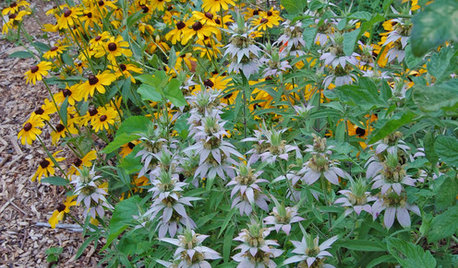
GARDENING GUIDESGreat Design Plant: Spotted Beebalm (Monarda punctata)
Looking for unusual, long-lasting blooms, low maintenance and deer resistance? Try this self-sowing perennial
Full Story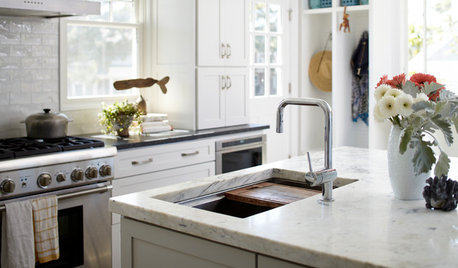
KITCHEN DESIGNKitchen of the Week: Double Trouble and a Happy Ending
Burst pipes result in back-to-back kitchen renovations. The second time around, this interior designer gets her kitchen just right
Full Story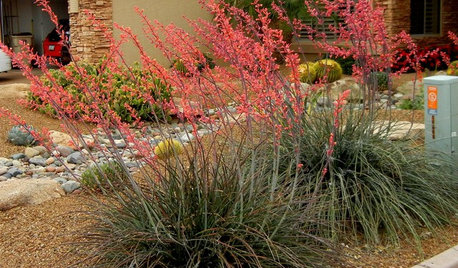
GARDENING FOR BUTTERFLIESGreat Design Plant: Red Yucca Spikes Dry Spots With Color
Neither heat nor cold nor lack of water fazes this flowering succulent, which adds spiky texture to Southwestern landscapes
Full Story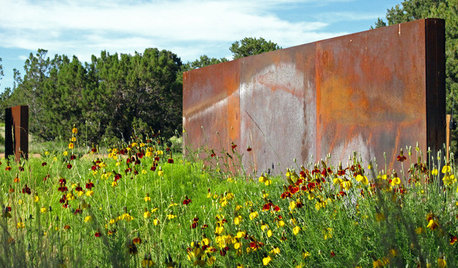
GARDENING GUIDESGreat Design Plant: Ratibida Columnifera
A shortgrass prairie native wildflower fit for pollinators and dry trouble spots offers benefits all year long
Full Story
GARDENING GUIDES6 Native Ground Covers for Tough, Dry Spots
Sun beating down on your sandy gravel? Thick shade darkening your clay soil? There’s a ground cover here for you
Full Story
LANDSCAPE DESIGNPretty Trees for Patios, Paths and Other Tight Spots
Choose trees for their size, shape and rate of growth — or shape them to fit your space. Here's how to get started
Full Story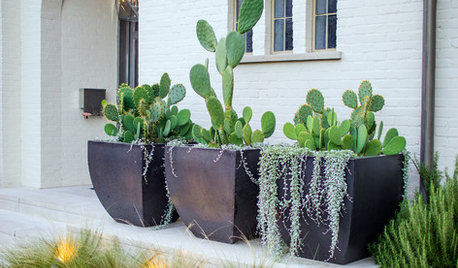
CONTAINER GARDENSCactus and Succulent Containers Are Ideal for Hot, Sunny Spots
Bring on the sun with these heat-loving succulent container gardens
Full Story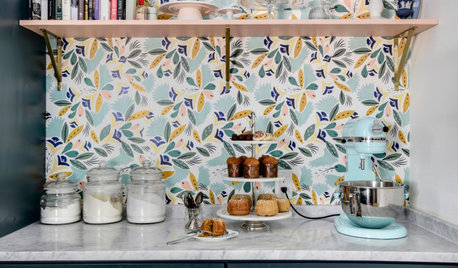
KITCHEN DESIGN12 Items Worth a Spot on Your Kitchen Counter
Keep these useful tools and accessories out in the open to maintain high function without spoiling the view
Full Story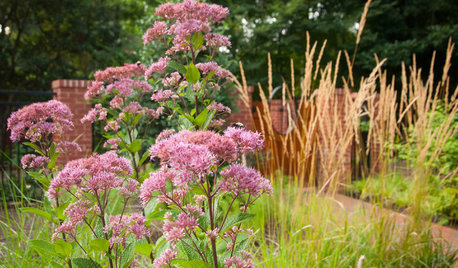
GARDENING GUIDESGreat Design Plant: Eutrochium Maculatum
Sculptural, slightly tropical looking and a boon to wildlife, Spotted Joe Pye Weed is a gotta-have plant in many parts of the U.S.
Full Story
GARDENING GUIDESPrunus Virginiana Thrives Under Deciduous Trees
Plant chokecherry for showy white flowers favored by native bees in spring, and to provide nesting habitat and food for birds
Full Story



Okiedawn OK Zone 7
mjandkids
Related Discussions
Recommend a Quite Small Tree for This Spot?
Q
Please recommend evergreen vine for trouble spot
Q
Recommendations for this spot?
Q
Help with a trouble spot...
Q
ilene_in_neokOriginal Author
Okiedawn OK Zone 7
soonergrandmom
gldno1
OklaMoni
ilene_in_neokOriginal Author
Okiedawn OK Zone 7
ilene_in_neokOriginal Author
Okiedawn OK Zone 7
ilene_in_neokOriginal Author
soonergrandmom
OklaMoni